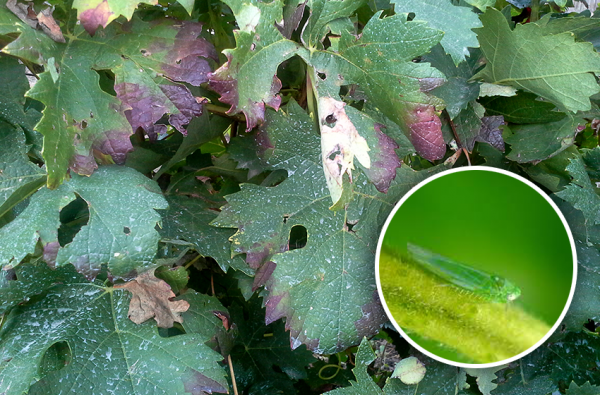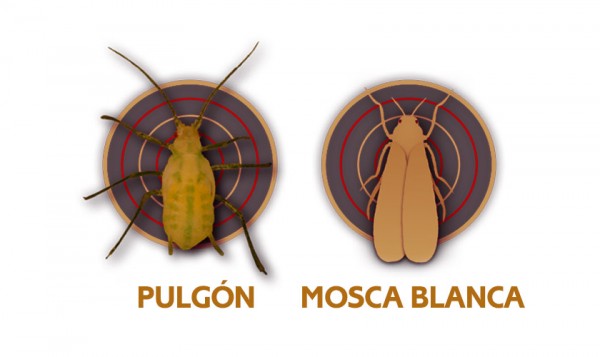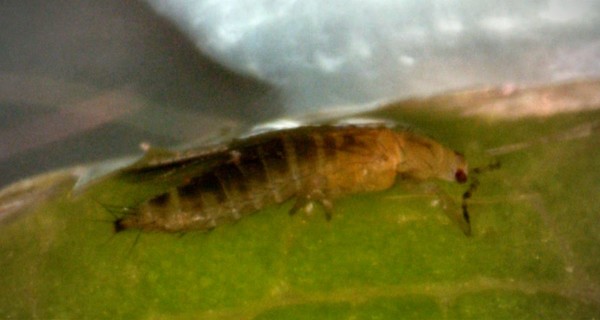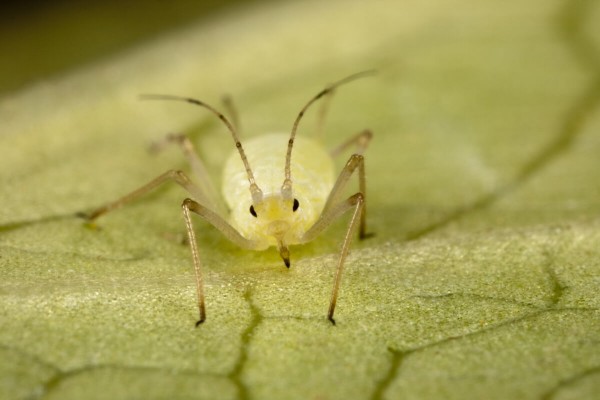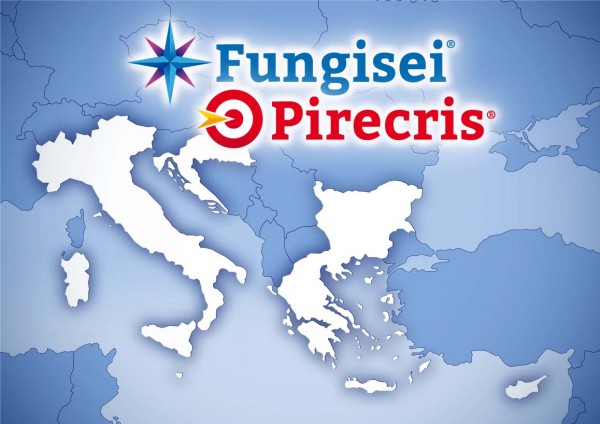Pepper weevil: stop this pest from ruining your crop
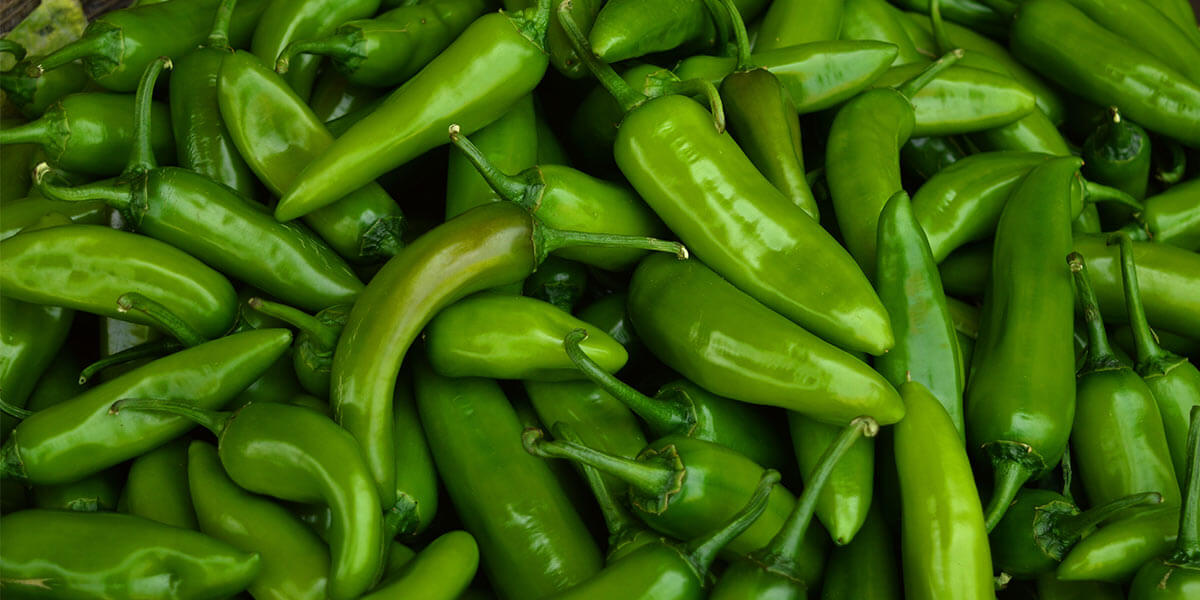
Mexico has established itself as the main exporter of fresh peppers, according to data from the Ministry of Agriculture and Rural Development. In this scenario, it is perfectly understandable that any threat to one of the country’s main sources of food and wealth becomes almost a matter of national concern. The pepper weevil is one of these real threats and has therefore become a major concern for Mexican farmers, but also for other countries in Central America and the rest of the Americas, where it is more widespread.
The pepper weevil, Anthonomus eugenii in its scientific name, has a particular preference for plants of the Solanaceae family, and within this family it feeds mainly on those belonging to the Solanaceae family, especially the solanum genus, or capsicum, such as aubergines, peppers and chillies. It appears and attacks over a fairly long period, from the beginning of fruit formation until almost the end of the harvest, so that in the most extreme cases it can cause almost total loss of production.
The first step in controlling the pepper weevil is to understand its lethality through the operation of its biological cycle: each female can lay more than 350 eggs, with a generation time of 14 days in regions with higher temperatures and up to 6 weeks in colder areas.
The most visible damage is the loss of fruit, either because they are rendered commercially unusable by the appearance of small holes through which the adults emerge after laying their eggs, or because they fall to the ground. In addition to this premature wilting, the holes created by the adults after egg deposition are particularly vulnerable because they facilitate the entry of diseases. Adult insects also cause serious damage by chewing on flower buds and unripe fruit.
Insecticides for pepper weevil control
When the first individuals appear, it is necessary to take action to control the pepper weevil and stop the pest’s advance. Seipasa recommends the use of Pirecris, a bioinsecticide with a strong shock effect to reduce pepper weevil populations.
Pirecris is a 100% natural control alternative whose power of action lies in its exclusive formulation and the perfect balance of PI and PII molecules that make up the active ingredient, providing maximum efficacy at every stage of the pest’s development without leaving residues on the crop.
Figure 1 shows the results of Pirecris in controlling the pepper weevil at the larvae stage. In addition to matching the efficacy of the chemical reference, Seipasa’s bioinsecticide stops the evolution and biological cycle of the pest from the first application.
Figure 1. Pepper weevil. Evolution of larvae populations in chilli crops.
Using the same parameters, Figure 2 focuses on the efficacy on adult populations. Pirecris significantly reduces pest numbers from the second application onwards, again with similar efficacy to the chemical reference present in this trial.
.jpg)
Figure 2. Pepper weevil. Evolution of adult populations in chilli crops.
Pirecris is an OMRI and Ecocert certified solution and its use is certified for organic farming.
There are also a number of preventive measures or cultural practices that can be used against the pepper weevil. It is strongly recommended that all weeds are removed from the field and its perimeter, and that fallen fruit on the ground, which can act as a reservoir for the pest, is destroyed to eliminate larvae, pupae or adult populations. In addition to intensive monitoring and sampling, it is also advisable to use traps to catch adults.


.jpg)

